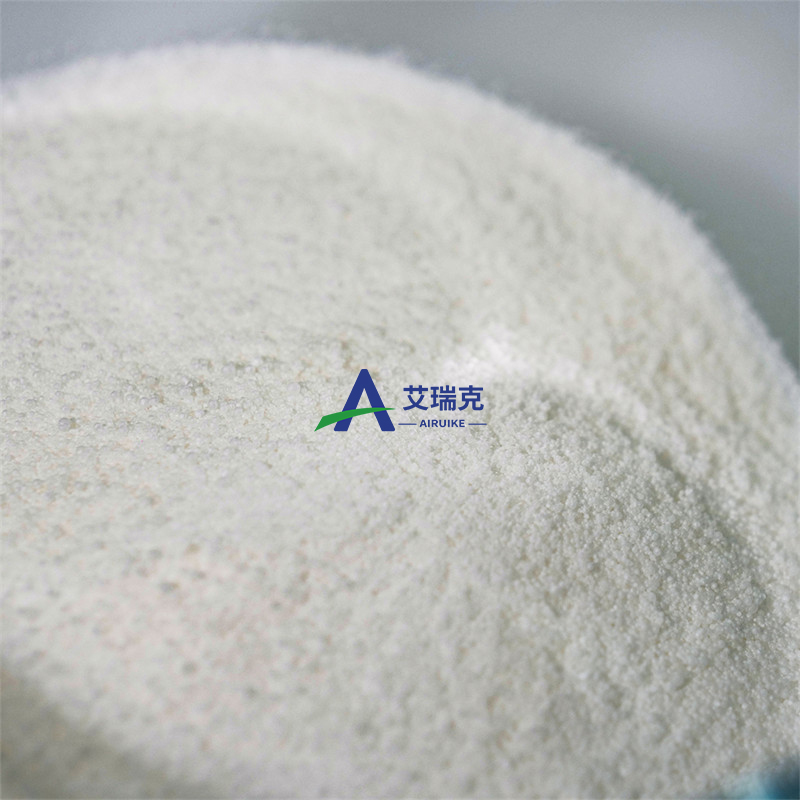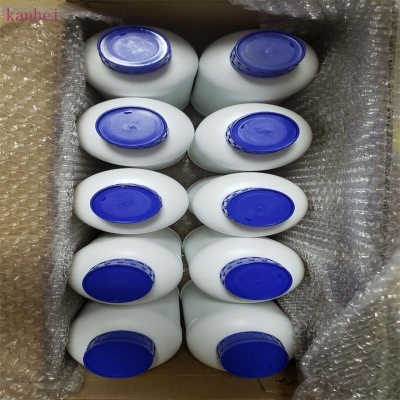Biochemical Engineering
- • Amino Acids and Proteins (221)
- • Nucleic Acid Drugs (18)
- • Enzymes and Coenzymes Drugs (115)
- • Inhibitors (1083)
- • Biological Response Modifiers (15)
- • Fat Medicines (7)
- • Amino Acids and Derivatives (4144)
- • Saccharides (2371)
- • Biochemical Reagents (322)
- • Nucleoside Drugs (346)
- • Condensing Agent (40)
- • Polypeptide (619)
- • Biosynthetic Natural Products (105)
- • Plant Extracts (813)
- • Chinese Herbs (352)
- • Microbiology Reagents (11)
- • Protein Research (34)
- • Lipids (281)
- • Inflammation Mediators (128)
Related News
-
In 2023, the international food price index fell nearly 14% YoY , and only the price index of sugar and rice rose
2024-01-10 -
Shanghai Takes the Lead in Curbing Sugary Beverage Consumption with Innovative Health Warning Labels
2023-10-19 -
Russia's Penza prefecture exported more than 1,500 tons of beet slag to China
2023-03-28 -
Bulgaria plans to introduce regulations on sugar consumption requirements
2022-12-23 -
High sugar prices in Bangladesh show no signs of abating
2022-12-14 -
How Does Sugar React With Vinegar? Vinegar And Sugar, Unlikely Couple
2022-12-09
Saccharides
Get Saccharides Raw Materials by RegionTrehalose
(99-20-7)-
food grade / 99%
-
Industrial Grade / 99%
-
Food Grade / 99%
-
Pharmacy Grade / 99%
$8-9/KG FOB
-
-
Pharmacy Grade / 99%
-
- / 99.00%
-
Pharmaceutical Grade / 99%
Request for quotation , get quotes from more suppliers.
Trehalose, dihydrate
(6138-23-4)2. Food additive; pharmaceutical excipient
3. An osmolyte, chemical chaperone, and inducer of autophagy.
-
Industrial Grade / 99%
-
-
- / 99.00%
-
Request for quotation , get quotes from more suppliers.
-
- / 99.00%
-
Industrial Grade / 99%
-
Food Grade / 99%
-
![Tri-O-acetyl-D-glucal buy Tri-O-acetyl-D-glucal]()
Request for quotation , get quotes from more suppliers.
Telbivudine
(3424-98-4)-
-
- / 99.00%
-
-
Pharmaceutical Grade / 99%
Request for quotation , get quotes from more suppliers.
Source Saccharides Products Supply
-
-
- / 0.00%
-
-
Pharmacy Grade / 99%
Request for quotation , get quotes from more suppliers.
-
- / 99.00%
-
industrial Grade / 98%
-
Pharmacy Grade / 99%
-
![tri-O-acetyl-D-galactal buy tri-O-acetyl-D-galactal]()
Industrial Grade / 99%
Request for quotation , get quotes from more suppliers.
TATM
(92051-23-5)-
- / 99.00%
-
Reagent Grade / 99%
$22-25/KG FOB
-
- / 99%
-
![TATM buy TATM]()
Industrial Grade / 99%
Request for quotation , get quotes from more suppliers.
Tubercidin
(69-33-0)-
Industrial Grade / 99%
-
Pharmacy Grade / -
-
- / 98%
-
![TUBERCIDIN buy TUBERCIDIN]()
Request for quotation , get quotes from more suppliers.
Tetra-O-acetyl-1-thio-β-D-glucopyranose
(19879-84-6)-
- / 99.00%
-
![1-THIO-BETA-D-GLUCOSE TETRAACETATE buy 1-THIO-BETA-D-GLUCOSE TETRAACETATE]()
Industrial Grade / 99.0%
-
![1-Thio-b-D-glucose tetraacetate buy 1-Thio-b-D-glucose tetraacetate]()
-
![1-Thio-b-D-glucose tetraacetate buy 1-Thio-b-D-glucose tetraacetate]()
Industrial Grade / 99%
Request for quotation , get quotes from more suppliers.













































